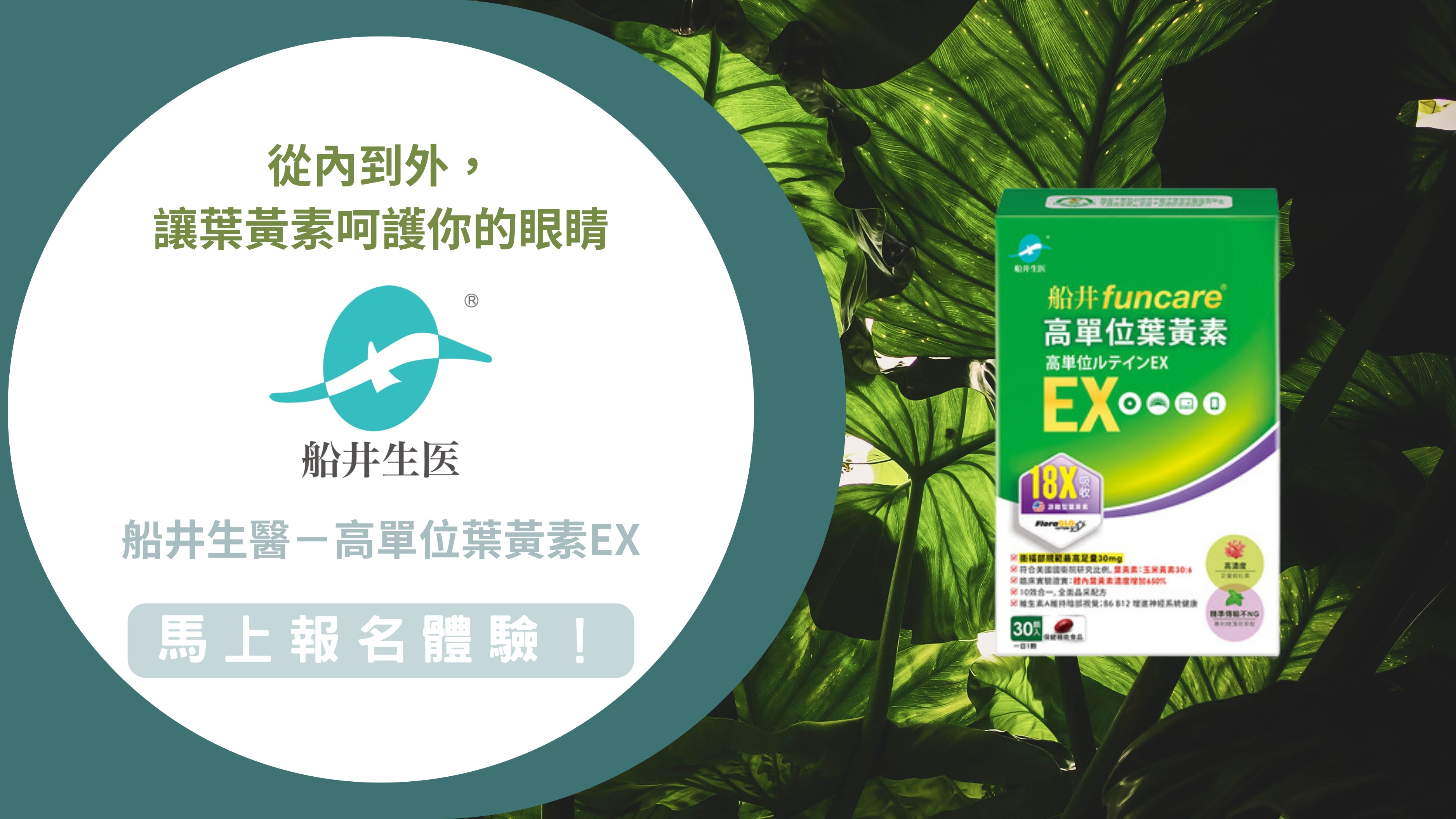文章來源:http://blog.udn.com/corecorner/3941684
Micro-credit Empowers the Un-empowered
文/Jessie湯
"Credit is a powerful weapon, and anyone possessing this weapon is certainly better equipped to maneuver the forces around him to his advantage."-- Muhammad Yunus
你認為借錢給窮人,很難如期拿回本金和利息嗎?穆罕默德尤努斯(Muhammad Yunus)在孟加拉籌措「鄉村銀行」(Grameen Bank),以微型貸款幫助當地的窮人脫離高利貸循環,靠自己力量成功翻身;高達98%的還款率徹底顛覆了過去認為窮人還不起錢的刻板印象。
「鄉村銀行」是世界「微型貸款」(micro-credit)機構的先驅,徹底改革了傳統銀行給予窮人信貸的方式。該銀行從創建於孟加拉(Bangladesh)的喬布拉村(Jobra)至今,已超過二十個年頭,其商品與信貸模式已標準化,而為全球百餘國效法,成功扭轉了全球一億赤貧人口的命運。
發起這項善舉的尤努斯是孟加拉人,原本在美國接受教育,是一位美國大學的經濟學教授。1971年孟加拉獨立後,他與眾多海外的孟加拉公民一樣,為了重建飽受戰火摧殘的家園,決定辭職返鄉。
孟加拉一直都是窮國中的窮國(the poorest of the poor),隨處都可見到令人震驚的貧困景象。某日,尤努斯造訪貧瘠的喬布拉村(Jobra),看到年輕婦女蘇菲亞(Sufiya Begum)熟練的用竹片編凳子。蘇菲亞方年21,有3個小孩,全家靠她編竹凳過日。但她沒有錢買竹片,每編一隻凳子,必須借5塔卡(taka,孟加拉幣,約美元22分)買材料,而債主規定蘇菲亞只能把凳子賣給他,而且只能以5.5塔卡的固定價格出售。因此,蘇菲亞只能賺0.5塔卡,大概只有美元2分。如果蘇菲亞自己有5塔卡,不用向債主借,她大可以用較好的價格賣出自己的產品。
這個事實讓尤努斯非常震驚和難過,感嘆貧窮造成了違反人權的社會現象。他更發現單以喬布拉村就有42個這樣的例子,這42人一共借了856塔卡,大約是27美元而已!他在《窮人的銀行家-尤努斯打造無貧世界》(Banker to the Poor: Micro-Lending and the Battle Against World Poverty)一書自序中感嘆地說:「The proximity of Jobra made it a perfect choice for my new course of study….Traditional universities had created an enormous distance between their students and the reality of everyday life in Bangladesh….When you hold the world in you palm and inspect it only from a bird’s eye view(鳥瞰/宏觀), you tend to become arrogant—you do not realize that things get blurred when seen from an enormous distance. I opted instead for “the worm’s eye view”(蟲視/微觀). I hoped that if I studied poverty at close range, I would understand it more keenly.」
註:Bird’s-eye view VS. Worm’s-eye view
鳥瞰(Bird’s-eye view),是像小鳥在高空飛翔的位置,向下俯瞰的角度,有一覽無遺的意思;而Worm’s Eye View,剛好和鳥瞰鏡頭相反,它是以蟲近乎貼在地面的位置,向上仰觀的角度,見樹不見林。這兩個相對的說法,其實就是宏觀和微觀。
尤努斯決定要為這些可憐人做些事,首先,他自掏腰包,把856塔卡借給這42個人,交代他們先還給債主,再盡量把產品賣得好價錢,游刃有餘的時候再把錢還給他。結果呢?你想這些窮人會不會還錢? In a short time, these 42 borrowers were able to repay the loans while continuing to support themselves and their families. With this initial eye-opening success, the seeds of the Grameen Bank, and the concept of micro-credit, were planted.
隨著幾次成功的經驗,貸款的人數日益增加,資金越來越龐大,尤努斯便開始與銀行接洽,希望由專責、專業的機構來處理相關事宜。只是,一開始大多數的銀行家都不認同,因為傳統銀行對於貸款給窮人非常保守,寧願服務高呆帳率的富人,卻不願借小錢給窮人,在尤努斯的極力奔走下,終於在1983年成立了「鄉村銀行」。
The idea behind the Grameen Bank is ingeniously simple: extend credit to poor people and they will help themselves. This concept strikes at the root of poverty by specifically targeting the poorest of the poor, providing small loans (usually less than $300) to those unable to obtain credit from traditional banks. At Grameen, loans are administered to groups of five people, with only two receiving their money up front. As soon as these two make a few regular payments, loans are gradually extended to the rest of the group. In this way, the program builds a sense of community as well as individual self-reliance.
「鄉村銀行」不收擔保品,呆帳率卻遠比一般金融機構低,直到1998年,「鄉村銀行」總共借出23億美元給2千3百萬戶家庭,還款率(loan repayment rate)高達98%。一般銀行的還款率幾乎都低於八成,在在證明了窮人的信貸價值。還款率為什麼這樣高?是因為居民的五人互助機制和純善本性的關係。尤努斯被譽為「窮人的銀行家」,榮獲2006年諾貝爾和平獎。
“I never imagined that my micro-lending program would be the basis for a nationwide ‘bank for the poor’ serving 2.5 million people or that it would be adapted in more than one hundred countries spanning five continents. I was only trying to relieve my guilt and satisfy my desire to be useful to a few starving human beings.”
尤努斯堅信,借貸是一項基本人權,Micro-credit has proved to be an important liberating force in societies。他所推動的除貧計畫正席捲全球,這個不可思議的偉大志業,證明社會責任與消弭貧窮可以是銀行生存的目標。
10 Indicators
每年「鄉村銀行」會評估該銀行受助者的社經情況是否獲得改善,評估方式是依照以下十項準則來判定其貧困程度,如果受助者達到以下標準,就表示已脫離貧困了:
1.The family lives in a house worth at least Tk. 25,000 (twenty five thousand) or a house with a tin roof, and each member of the family is able to sleep on bed instead of on the floor.
2.Family members drink pure water of tube-wells, boiled water or water purified by using alum, arsenic-free, purifying tablets or pitcher filters.
3.All children in the family over six years of age are all going to school or finished primary school.
4.Minimum weekly loan installment of the borrower is Tk. 200 or more.
5.Family uses sanitary latrine.
6.Family members have adequate clothing for every day use, warm clothing for winter, such as shawls, sweaters, blankets, etc, and mosquito-nets to protect themselves from mosquitoes.
7.Family has sources of additional income, such as vegetable garden, fruit-bearing trees, etc, so that they are able to fall back on these sources of income when they need additional money.
8.The borrower maintains an average annual balance of Tk. 5,000 in her savings accounts.
9.Family experiences no difficulty in having three square meals a day throughout the year, i. e. no member of the family goes hungry any time of the year.
10.Family can take care of the health. If any member of the family falls ill, family can afford to take all necessary steps to seek adequate healthcare.
文章來源:http://blog.udn.com/corecorner/3941684


 留言列表
留言列表


